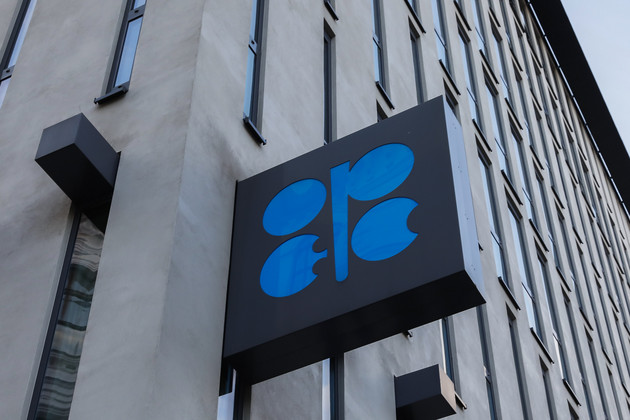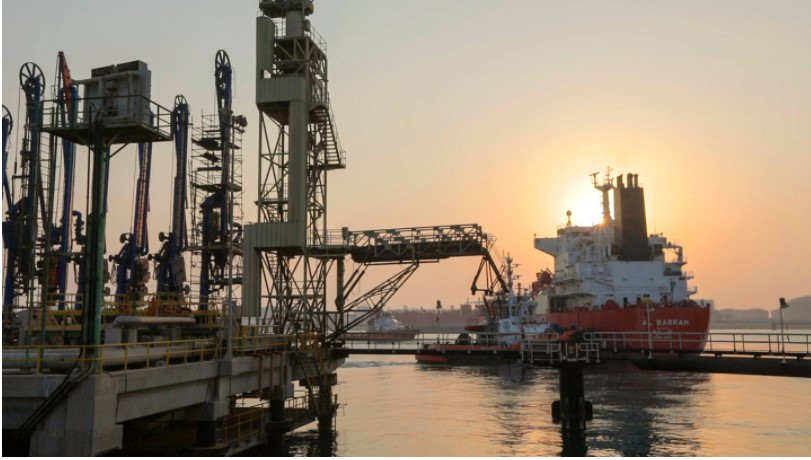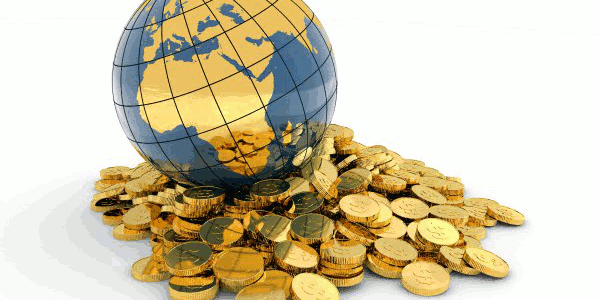As the global economy hits pause on growing concerns about reduced trade activity in the coming year and weak macro fundamentals continue to weigh on some emerging market countries, the countries that make up the Gulf Cooperation Council (GCC) are likely to also be impacted by tighter financial conditions from rising interest rates – even as their peg to the U.S. dollar insulates them from wild currency swings and higher oil prices mean fewer investors will head for the exits.
Much has been written about the Federal Reserve’s ongoing efforts to normalize US monetary policy, particularly its gradual hikes in short-term interest rates, and the negative impact it has had on the currencies of countries such as Argentina, South Africa, and Turkey.
On the other hand, when it comes to oil-exporting members of the GCC, most of the threat assessments focus on geopolitical tensions and the upside risk to oil prices.
This, however, ignores the fact that five GCC nations peg their currency to the US dollar (Kuwait pegs to a basket of currencies), meaning their central banks’ monetary policies have to move in lock-step with the Fed.
The GCC remains a political and economic bloc made up of Bahrain, Kuwait, Oman, Qatar, Saudi Arabia, and the United Arab Emirates. When Fed’s policymaking body, the Federal Open Market Committee (FOMC), again raised its target federal funds rate at its September meeting, most GCC central banks followed the U.S. central bank’s move by also increasing key policy interest rates. Saudi Arabia, Bahrain, and the UAE raised their official lending rates, while deposit rates were hiked in Qatar and Kuwait.

This fixed currency regime will protect them against undue fluctuations in their exchange rate, while the resulting stability and higher interest rates should prevent an outflow of capital on the scale being witnessed in many other emerging market economies.
At the same time, however, higher interest rates will weigh on non-oil sector activity across the region, at a time when the governments of these countries have prioritized boosting private sector investment. Their ability to weather this new environment will be key to their medium-term growth prospects.
Follow The Leader
Examining some of the monetary policy actions taken by the other GCC countries in greater detail, the Saudi Monetary Authority (SAMA) raised both its repo and reverse repo rates by 25 basis points to 2.75 percent and 2.25 percent, respectively – its third increase this year.
SAMA vowed to “continue to monitor and manage domestic system liquidity to ensure its adequate availability for smooth banking operations as well as to meet the domestic economic needs.”
The Central Bank of the UAE raised interest rates on certificates of deposit, its primary tool for transmitting monetary policy changes to the UAE banking system, while also raising its repo rate by 25 basis points to 2.25 percent.
Oman’s central bank did not issue a statement announcing its move but did note in its September Financial Stability Report that, “Due to fixed exchange rate regime, Oman faced the impossible trinity as Federal Reserve Bank continued its march towards monetary policy normalization at a time when growth in Oman weakened. The policy rates in Oman also increased following the interest rate hike by the Fed.”
Non-Oil Sector Concerns
However, as noted earlier, Kuwait’s central bank chose to keep its discount rate unchanged at three percent – the same decision made at its June meeting. The bank highlighted the need to support the growth of its non-oil sector, while also maintaining the “attractiveness and competitiveness” of the Kuwaiti dinar as a store for domestic savings.
The Kuwaiti central bank singling out of the non-oil sector underscores an issue GCC nations are grappling with as the Fed continues to raise interest rates, namely that their private sector businesses will be operating in an environment where credit is becoming increasingly expensive.
While the like-for-like interest rate increases and the rebounding energy prices make the capital flight less of a concern for GCC countries (barring a major escalation in regional conflicts), the Fed’s actions could complicate their efforts to diversify their economy and rely less on oil revenue.
Interbank rates have continued to rise as GCC monetary policy tightens in tandem with the United States, and as the International Monetary Fund warned earlier this year in its review of the MENA region, a “faster-than-expected tightening” of credit conditions could also lead to abrupt financial market and asset price corrections that put pressure on the asset quality of banks. This, in turn, would affect the availability of credit and slow economic activity in the region.
Regional financial hubs such as Dubai, which does not have the oil wealth of UAE powerhouse Abu Dhabi and relies on more debt financing, and Bahrain are the most susceptible to this risk.
Bahrain, in particular, has a prominent banking sector that plays a central role in fueling economic activity. According to its central bank, the banking sector is currently the largest non-oil contributor to economic growth, representing 16.7 percent of real GDP as in 2017.
Rising interest rates, absent government intervention to ease lending standards, will have a dampening effect on demand for credit in GCC countries, which – combined with ongoing fiscal consolidation by many of these governments – will taper the pace of economic growth.
Fiscal Consolidation, Debt Financing
In the wake of the 2011 Arab Spring, many GCC countries embarked on massive public spending sprees to prevent any outbreaks of public unrest within their borders, with estimates of $150 billion spent collectively on housing and social projects in the first half of 2011 alone.
Since then the focus has shifted to significant investments in their respective non-oil sectors, with many also tapping bond markets to fund their expenditures, which has placed a substantial strain on government budgets.
GCC nations are expected to continue issuing domestic and international debt next year, even as interest rates continue to rise in an uncertain economic environment. Take Saudi Arabia for example, whose finance ministry noted in its pre-2019 budget statement that diversifying its economy “represents a major challenge to public finances, especially in view of the fluctuations in world oil prices and the importance of developing non-oil revenues to ensure a stable and sustainable source of financing for necessary and development public of spending.”
Faced with rising deficits, GCC governments are also implementing structural reforms to get spending under control and wean their respective economies off government support. Higher oil prices in recent months might have improved the outlook for GCC budgets, but could bring back the temptation to slow the pace of reforms (despite the always-looming threat of a downward price shock).
A drop-off in economic activity due to higher interest rates would test the commitment of GCC countries to staying the course on fiscal consolidation and implementing other overhauls needed to spur private sector growth.








